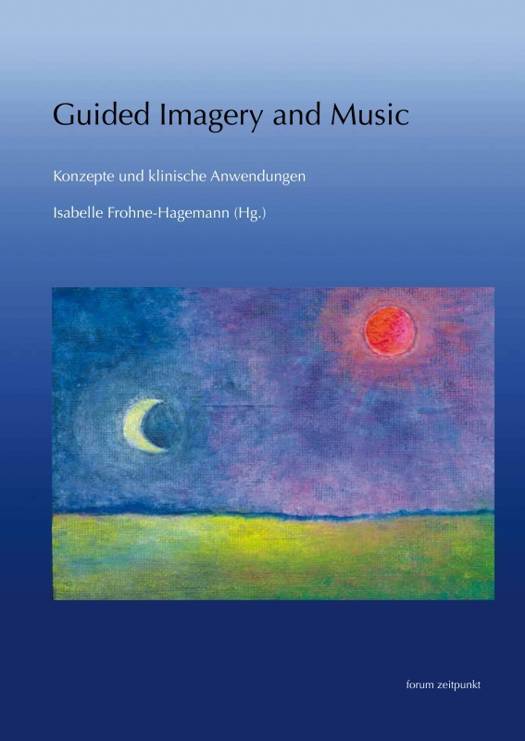
- Retrait gratuit dans votre magasin Club
- 7.000.000 titres dans notre catalogue
- Payer en toute sécurité
- Toujours un magasin près de chez vous
- Retrait gratuit dans votre magasin Club
- 7.000.0000 titres dans notre catalogue
- Payer en toute sécurité
- Toujours un magasin près de chez vous
Guided Imagery and Music - Konzepte Und Klinische Anwendungen
Konzepte und klinische Anwendungen
72,95 €
+ 145 points
Description
Guided Imagery and Music (GIM) is a integrative and psychodynamic psychotherapy developed by Dr. Helen Bonny in den late sixties of the last century. GIM works with classical music also integrating spiritual and transpersonal dimensions. GIM is taught and implemented worldwide. In contrast to other receptive forms of music therapy where the verbal exchange of the music experience takes place after having listened to the music, the specificity of GIM is the continuing dialog between the therapist and the client while listening in an altered state of consciousness. During his "music journey" the client stays in the here and now and is alive to the importance of confronting his/her conflicts by conducting him/herself through the imagery with help of the music and the verbal interventions of the therapist (instead of reporting his/her experiences afterwards). This volume presents new developments in GIM and methods of music imagery in German speaking countries and invites to discuss them. The reader is encouraged to deal with different themes and controversial issues like f. ex. how GIM therapists with different therapeutic backgrounds (depth psychological, transpersonal, systemic, etc.) explain and treat psychological disorders with GIM; how can GIM support mentalization; which role does spirituality play as psychotherapy or in psychotherapy; or in general: which influence has the digital age on therapeutic values. The authors investigate when, for whom and why the Bonny Method of GIM or modified forms of GIM and music imagery are indicated. 14 chapters written by 14 authors concentrate on concepts, clinical applications and training. Part 1 Concepts Isabelle Frohne-Hagemann: Guided Imagery and Music - GIM in a changing society Dorothea Dulberg: Investigations on Affective guided Imagery and - Guided Imagery and Music Anna E. Rocker: Alchemistic Symbols as defined by Jung in Guided Imagery and Music (GIM) Wolfgang Fasser: GIM and Spirituality Isabelle Frohne-Hagemann: Definitions und applications: GIM, modified GIM und Musik Imagery Gina Kastele und Dorothea Muller: Short Music Journeys (KMR): A Gate to the Inner World Part 2 Clinical Applications Ruth Liesert: GIM with psychosomatic inpatients - Experiences and considerations in regard to the concepts of mentalisation Pia Preissler: A trustful vision of the sea - A case work from psycho oncology Ruth Hertrampf and Dorothea Schonhals-Schlaudt: Guided Imagery and Music and Group Music Imagery in the treatment of cancer sufferers Gudrun Bassarak: Youngster-GIM (YGIM) in the treatment of children and adolecents suffering from psychosomatic diseases in an ambulant and hospital setting. Cordula Dietrich: GIM in the ambulant treatment of trauma and grief Gert Tuinmann: Biofeedback and GIM in the treatment of patients with somatoforme dysfunctions Part 3. Advanced training Julie Exner: Onsite Supervision in "Reflective Team Work" (OSS-RT) as part of the advanced training in Guided Imagery and Music AMI-certified GIM Trainings in Germany.
Spécifications
Parties prenantes
- Editeur:
Contenu
- Nombre de pages :
- 312
- Langue:
- Anglais, Allemand
- Collection :
Caractéristiques
- EAN:
- 9783895009792
- Date de parution :
- 10-03-14
- Format:
- Livre broché
- Format numérique:
- Trade paperback (VS)
- Dimensions :
- 170 mm x 240 mm
- Poids :
- 624 g

Les avis
Nous publions uniquement les avis qui respectent les conditions requises. Consultez nos conditions pour les avis.





